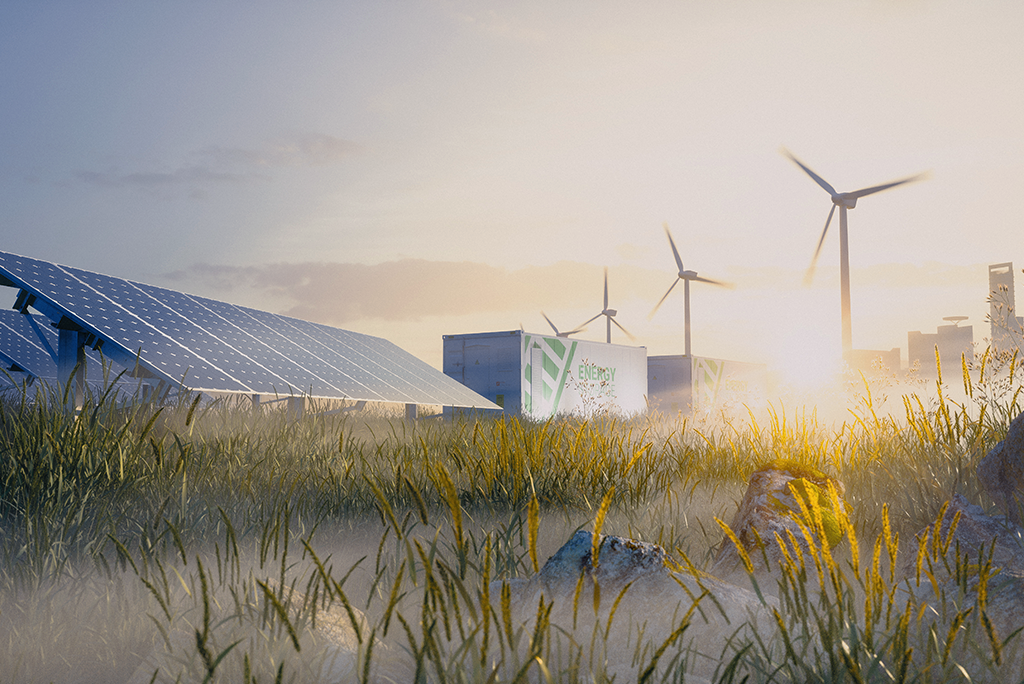As carbon dioxide emissions continue to create climate anomalies globally the concept of implementing ensuring green tech development has become a global consensus. As a result, Pakistan aims to become climate neutral by 2050 by reducing at least 55 per cent of the emissions in the country by 2030.
In order to ensure this, photovoltaic power generation, wind power, hydropower, and other renewable energy-related goals are being worked upon. This is where working with CPEC comes into play as China’s wind power and photovoltaic capacity are now leading the world.
According to Yan Hongbo, General Manager of the Power Engineering Department of China CAMC Engineering Co. Ltd. :
“Countries along the Belt and Road should deliberate on energy projects based on obsolete technologies and join the ranks of advancement in building a decarbonized future. It is expected that Pakistan will achieve the goal of green development through the transformation of energy structure.”
In regards to the transformation of fossil fuel into clean energy, Wang Xiangping, Deputy General Manager of China Huaneng Group Co., Ltd., highlighted that Huaneng had adopted Integrated Gasification Combined Cycle (IGCC) technology to achieve near-zero emissions of coal-fired power.
The gasification in IGCC allows for separation and capture of the concentrated and pressurized CO2 before combustion. This just goes to show that if both China and Pakistan firmly pay attention to these goals then an environment-friendly country for both countries may be achieved sooner.












